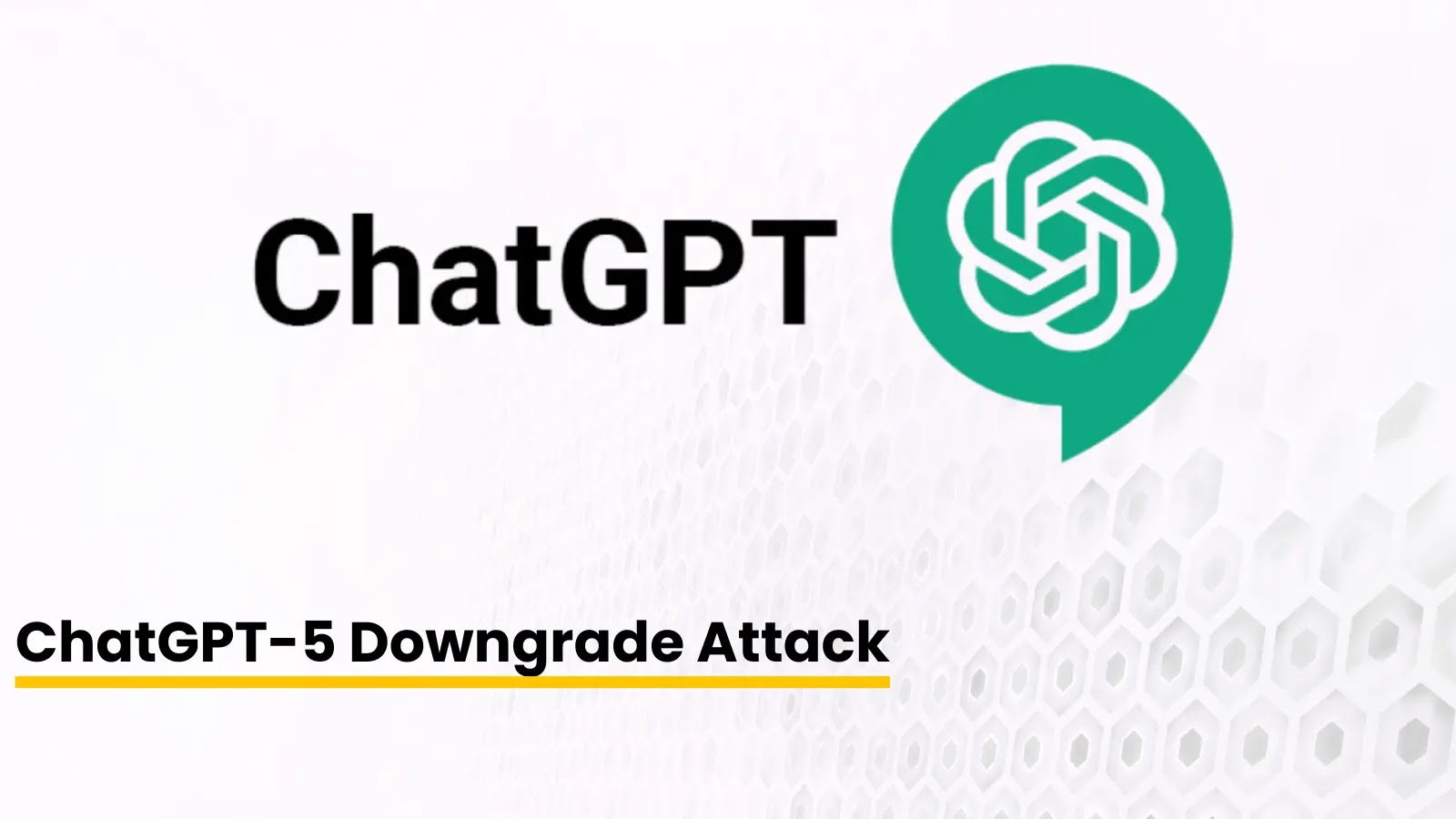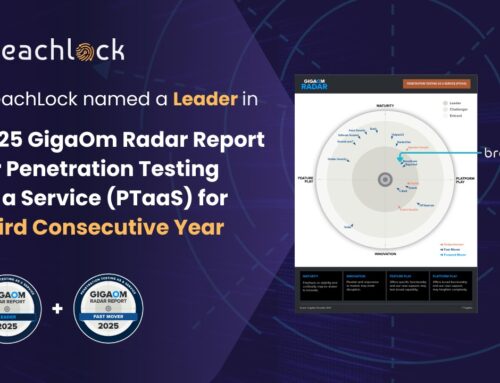
APT Hackers Exploit ChatGPT to Create Sophisticated Malware and Phishing Emails
A New Era of Cyber Threat: APT Hackers Weaponize ChatGPT
The landscape of cyber warfare is undergoing a concerning transformation. Evidence suggests sophisticated threat actors are now leveraging advanced artificial intelligence to enhance their offensive capabilities. Specifically, a China-aligned Advanced Persistent Threat (APT) group has been observed exploiting OpenAI’s ChatGPT platform to generate highly effective malware and craft exceptionally convincing spear-phishing emails. This development marks a significant escalation, demanding immediate attention from cybersecurity professionals globally.
The Volexity Report: UTA0388’s AI-Powered Operations
Security firm Volexity, a recognized authority in tracking state-sponsored cyber operations, has been closely monitoring a particular threat actor identified as UTA0388. Their analysis, spanning observations since June 2025, concludes with high confidence that this group is actively integrating Large Language Models (LLMs) like ChatGPT into their operational toolkit. This integration allows for the automation and refinement of reconnaissance, payload development, and social engineering tactics, making their campaigns more efficient and evasive.
The use of LLMs by APT groups like UTA0388 represents a strategic shift. Traditional malware development and phishing email crafting often require specialized skills and significant human effort. By offloading these tasks to AI, threat actors can streamline their operations, reduce skill dependency, and potentially increase the volume and sophistication of their attacks.
ChatGPT’s Role in Malware Generation and Obfuscation
One of the most alarming aspects of UTA0388’s methodology is the utilization of ChatGPT for malware development. While the referenced article doesn’t detail specific CVEs related to ChatGPT’s inherent vulnerabilities leading to this exploitation, it spotlights how the platform can be used as a tool for malicious purposes rather than being inherently vulnerable itself. Threat actors can prompt the AI to generate code snippets for various malicious functions, including:
- Payload creation for initial access.
- Obfuscation techniques to evade detection by antivirus software.
- Command and control (C2) communication modules.
The ability of LLMs to generate syntactically correct and contextually relevant code, even when instructed to produce malicious functionality, poses a significant challenge for defensive mechanisms. This accelerates the development cycle for new malware variants, potentially making signature-based detection less effective.
Crafting Unprecedented Spear-Phishing Campaigns
The other critical application identified is the creation of sophisticated spear-phishing emails. ChatGPT’s natural language generation capabilities allow UTA0388 to:
- Generate highly personalized and convincing email content, tailored to specific targets or organizations.
- Bypass grammatical errors and awkward phrasing often indicative of non-native speakers, which are common tells for traditional phishing attempts.
- Construct compelling narratives that manipulate recipients into performing desired actions, such as clicking malicious links or downloading infected attachments.
This significantly elevates the success rate of phishing campaigns, as AI-generated emails are often indistinguishable from legitimate communications, even for vigilant users. The referenced article describes how these emails are designed to circumvent common security filters and emotionalize the recipient, leading to higher rates of compromise.
Remediation Actions: Countering AI-Enhanced Threats
Responding to an adversary empowered by AI requires a multi-faceted and adaptive defense strategy. Organizations and individuals must implement enhanced security measures to mitigate the risks posed by these sophisticated attacks.
- Advanced Email Security Gateways: Implement and configure robust email security solutions that leverage AI and machine learning to detect anomalous patterns, identify sophisticated phishing attempts, and quarantine suspicious emails before they reach end-users.
- Endpoint Detection and Response (EDR) Systems: Deploy EDR solutions capable of behavior-based detection to identify and block malicious activities, even from novel malware variants generated by AI, that might bypass traditional signature-based antivirus.
- Security Awareness Training (SAT): Conduct frequent and realistic security awareness training programs for all employees. Focus on recognizing social engineering tactics, identifying subtle indicators of spear-phishing, and reporting suspicious emails. Regularly simulate phishing campaigns to test and reinforce user vigilance.
- Network Segmentation and Least Privilege: Implement strict network segmentation to limit the lateral movement of attackers in case of a breach. Enforce the principle of least privilege for all users and systems, minimizing the potential impact of compromised credentials.
- Proactive Threat Hunting: Engage in proactive threat hunting activities, continuously searching for indicators of compromise (IOCs) and potential vulnerabilities within the network. This includes analyzing logs, network traffic, and endpoint data for suspicious behavior.
- Patch Management: Maintain a rigorous patch management process to ensure all operating systems, applications, and security software are up-to-date, addressing known vulnerabilities that APT groups often exploit.
- Multi-Factor Authentication (MFA): Implement MFA across all critical systems and accounts to significantly reduce the risk of unauthorized access due to compromised credentials.
Conclusion
The integration of advanced AI like ChatGPT into the operational framework of APT groups such as UTA0388 represents a critical inflection point in cybersecurity. The ability to rapidly generate sophisticated malware and craft hyper-realistic spear-phishing campaigns means traditional defenses may no longer be sufficient. Organizations must prioritize continuous adaptation, invest in advanced threat detection technologies, and foster a strong human element of vigilance and security awareness. The future of cybersecurity defense lies in leveraging AI to counter AI-powered threats, ensuring a resilient posture against this evolving adversary.





